what is the function of PAC and PAM in water treatment? - Asiafloc
Over the past 16 years, we have focused our efforts on improving our products through R&D,a full range of product series have been completed,including cationic polyacrylamide ,anionic polyacrylamide ,nonionic polyacrylamide,amphoteric polyacrylamide total
What is the difference of PAC and PAM? - CHINAFLOC,1.PAC. Product name : [Chinese name] Poly aluminum chloride (referred to as poly aluminum) also known as flocculant, coagulant aid, coagulant. [English name] Polyaluminium Chloride, abbreviated PAC. [Technical standard] Product quality in line with national GB15892-2003 standard. Compared with other coagulants, polyaluminum chloride has the
H¨®a ch?t tr? l?ng pam l¨¤ g¨¬ - Polyacrylamide cationic - VietChem
C¨¢ch s? d?ng h¨®a ch?t tr? l?ng PAM polyacrylamide cationic. H¨®a ch?t PAM ???c h¨°a tan v¨¤o n??c theo t? l? th¨ªch h?p t?i khi tan ho¨¤n to¨¤n, PAM s? tan nhanh h?n n?u pha v¨¤o n??c ?m. T? l? s? d?ng PAM ly t??ng trong n??c v¨¤ ??m b?o ch?t l??ng x? ly hi?u qu? l¨¤ 0.01%
Material Safety Data Sheet - ???? ?????,Other CAS No. that are also used to introduce polyacrylamide different copolymers are as following: Anonic PAM: 25038-45-3 Cationic PAM: 148832-08-0, 69418-26-4Notes: The information contained in this safety data sheet is given in good faith. It is accurate to
Home - Anionic Cationic Nonionic Polyacrylamide PAM Flocculant, Water treatment Chemicals manufacturer in China
Water Treatment Specialist Henan SAIFU Trading Co., Ltd. specializing in the production of polyacrylamide, anionic polyacrylamide, cationic polyacrylamide, non-ionice polyacrylamide, and so on. The factory products is mainly used for chemical, papemaking
How to Use Polyacrylamide for Water Treatment, Polyacrylamide Flocculant, Cationic & Anionic Polyacrylamide | YrdCarbon,Polyacrylamide (PAM) is a type flocculant of polymer that is soluble in water, and it is formed through acrylamide polymerization. It can be adjusted for use in a wide range of applications. This type of polymer is produced and sold in different forms, which include cationic polyacrylamide, anionic polyacrylamide, and non-anionic.
Influence of surfactants on flocculation and dewatering of kaolin suspensions by cationic polyacrylamide (PAM-C) flocculant
This paper reports the result of studies on flocculation and dewatering of kaolin suspensions by cationic polyacrylamide (PAM-C) flocculants in presence of surfactants. The surfactants used were namely anionic sodium dodecyl sulphate (SDS), cationic cetyl trimethyl ammonium bromide (CTAB) and non-ionic TritonX 100, which is a polyoxyethylenic ether compound.
Comparison of adsorption affinity of anionic and cationic polyacrylamides for montmorillonite surface in the presence of chromium(VI) ions,The soil conditioners commonly used in agriculture is ionic polyacrylamide (PAM)¡ªboth anionic and cationic. These macromolecular substances affect soil surface properties and adsorption behaviour of substances present in the environment¡ªnutrients, organic molecules and also hazardous compounds as well as toxic heavy metals (i.e. chromium(VI) ions).
Polyacrylamide Handbook - SNF
Cationic Polymer Polyacrylamide Emulsion Dewatered Storage powders Anionic 2 Polyacrylamide Emulsions Handbook Storage and handling 4. Storage and handling of emulsions : basic principles zzzEmulsions must be stored inside a building at a constant
Synthesis, Characterization, and Flocculation Properties of Branched Cationic Polyacrylamide - Hindawi,3.2. Characterization 3.2.1. FTIR Spectroscopy Infrared spectroscopy was performed to determine the structure of the branched cationic polyacrylamide (Figure 3).The absorption peak at wavelength 1170 cm ?1 was from bending vibration of acyl oxygen groups, 1460 cm ?1 was associated with the stretching vibration of acyl amino groups, 1480 cm ?1 was assigned to the stretching vibration of

Anionic polyacrylamide APAM-Henan SECCO Environmental
Anionic polyacrylamide (APAM) series products are water ¨Csoluble linear polymers synthesized under high degree polymerization, easily soluble in water , mainly used in water clarification and purification treatment. Due to its molecular chain contains a certain amount of negative gene, it can through the adsorption of solid particles
Get Price
Polyacrylamide, a widely used flocculant in water treatment
Specializing in the treatment of various difficult-to-treat wastewater and the treatment of sludge dewatering. (Sludge dewatering generally uses cationic polyacrylamide) It is widely used in municipal sewage and sludge treatment in the paper-making printing and dyeing industry. The molecular formula of acrylamide is: CH 2 = CH£CONH 2.
Get Price
Introduction to Polyacrylamide Gels | Bio-Rad
Precast vs. Handcast Gels Format (Size and Comb Type) Polymerization Polyacrylamide gels are prepared by free radical polymerization of acrylamide and a comonomer crosslinker such as bis-acrylamide. Polymerization is initiated by ammonium persulfate (APS) with tetramethylethylenediamine (TEMED) as the catalyst (see figure below).
Get Price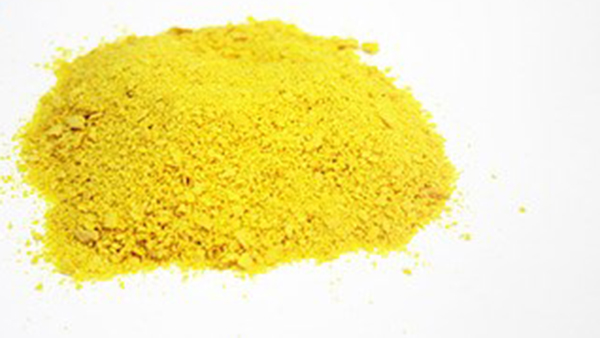
Polyacrylamide Reagents and Precast Gels | Bio-Rad
Ready Gel ? Precast Polyacrylamide Gels. Ready Gel polyacrylamide precast gels are designed to fit the Mini-PROTEAN ? Tetra cell and are ready to run. Simply lock them into the cell, load your samples, and get sharp, beautifully resolved protein bands in 30¨C45 min. Our precast gels provide high quality and reliability and eliminate exposure
Get Price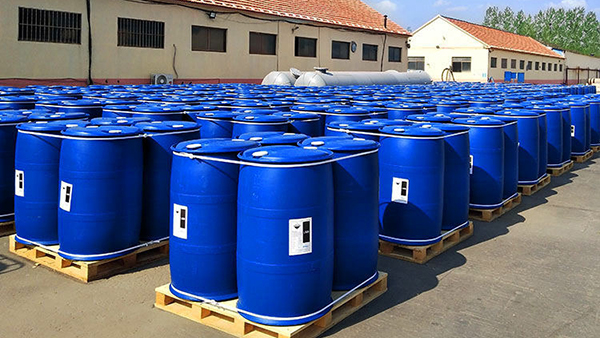
Running agarose and polyacrylamide gels | IDT
Agarose gels can be used to resolve large fragments of DNA. Polyacrylamide gels are used to separate shorter nucleic acids, generally in the range of 1?1000 base pairs, based on the concentration used (Figure 1). These gels can be run with or without a denaturant. Gels that are run without a denaturant are referred to as native gels.
Get Price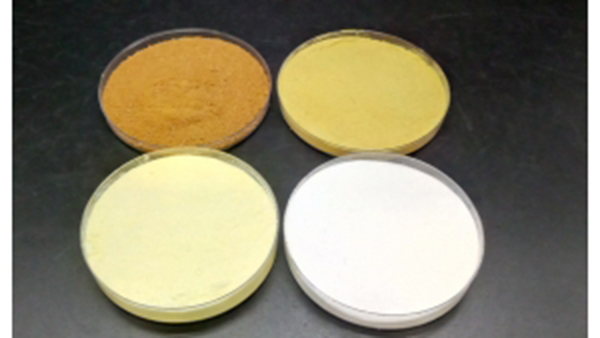
Biodegradation of Polyacrylamide and Its Derivatives
Although polyacrylamide (PAM) and its derivatives have many useful applications, their release in nature can have impacts on the environment and human health, thus bioremediation approaches for residual PAM are urgently needed.
Get Price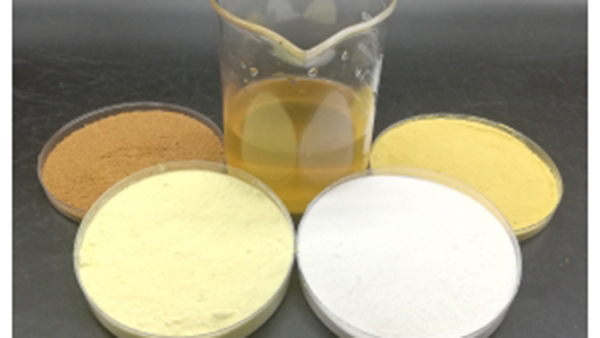
Polyacrylamide degradation and its implications
Acrylamide at a dose of 20 mg/kg/day stimulated the degeneration of peripheral nerves and the spinal cord of rats, although no obvious effects were found at doses less than 0.2 mg/kg/day. 152
Get Price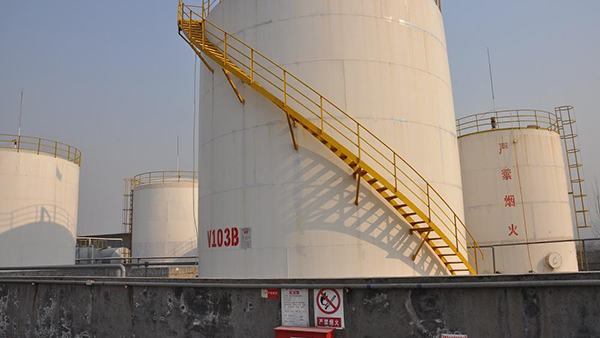
Polyacrylamide
Polyacrylamide (abbreviated as PAM or pAAM) is a polymer with the formula (-CH 2 CHCONH 2 -). It has a linear-chain structure. PAM is highly water-absorbent, forming a soft gel when hydrated. In 2008, an estimated 750,000,000 kg were produced, mainly for water treatment and the paper and mineral industries.
Get Price
Effects of physicochemical properties of polyacrylamide (PAA
Chemistry of polyacrylamide and its polymerization Polyacrylamide [IUPAC poly(2-propenamide), hereafter PAM] is a polymer (¨CCH 2 CHCONH 2 ¨C) formed from acrylamide subunits. Polyacrylamide with only acrylamide monomers is nonionic; other monomers such as acrylate or 2-acrylamido-2-methylpropane sulfonate (AMPS) can be copolymerized at
Get Price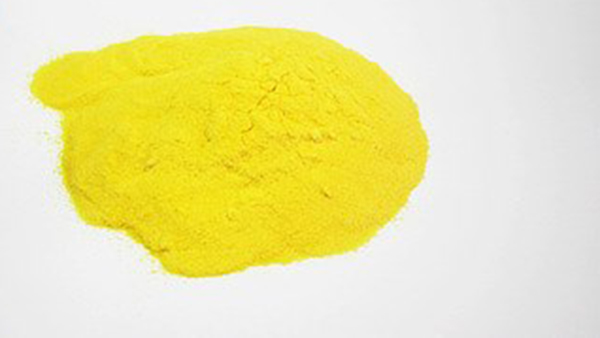
Biopolymer-based flocculants: a review of recent technologies
The treatment efficiency was better than polyacrylamide and cationic polyacrylamide (Wang et al. 2016a). In another study, the chitosan-g-DMDAAC was used in the dewatering of anaerobically digested sludge. Within the optimal dosage, the CMC was 81.7%, SRF was 2.64 ¡Á 10 8 m/kg, and CST was 1.31 s¡¤L¡¤g ?1 (Zhang et al. 2019). In the pH range
Get Price